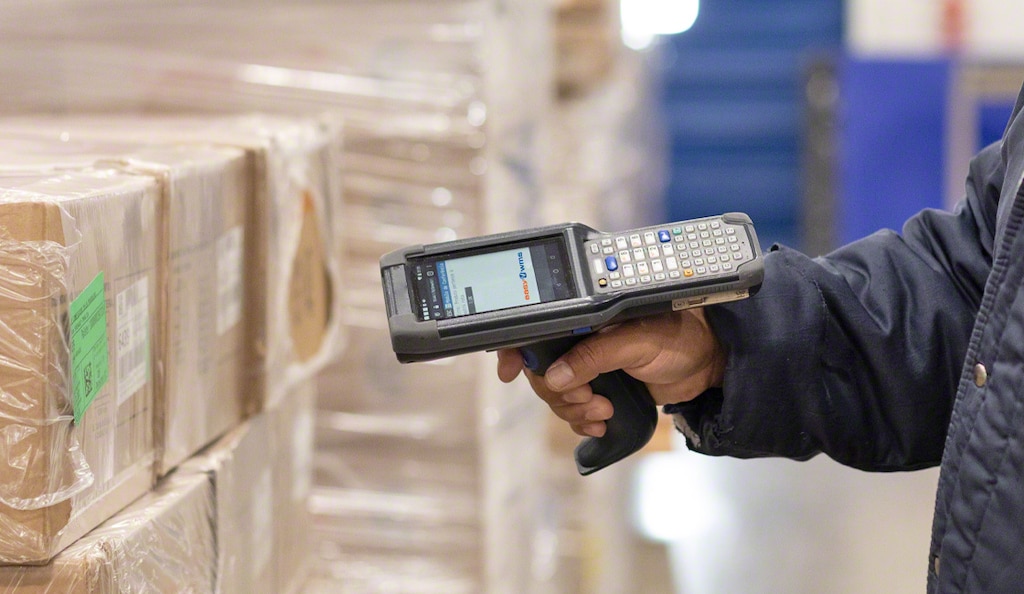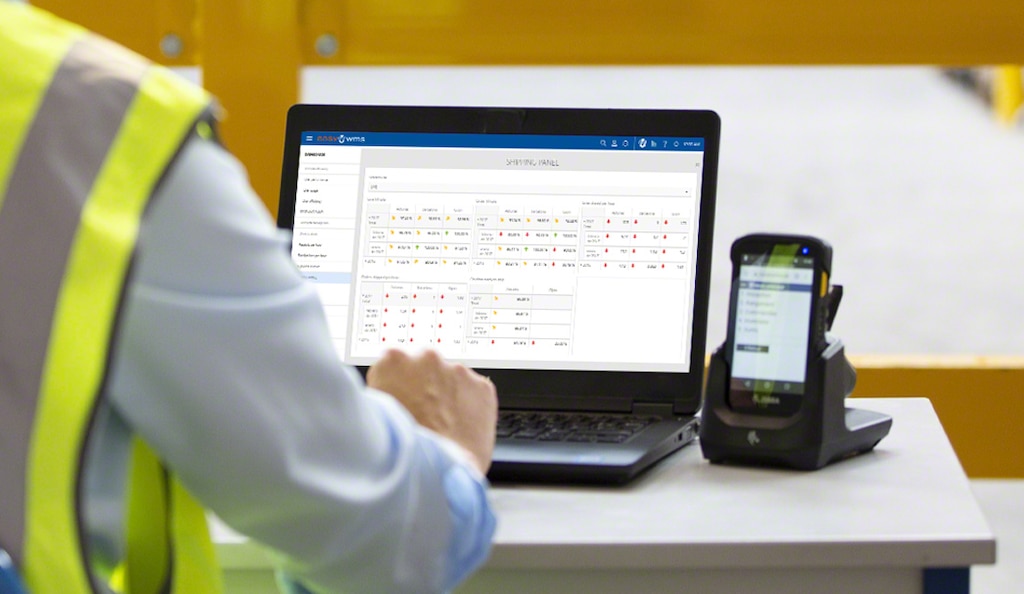
Procurement software combined with a WMS
The need for more accurate stock control has driven many companies to invest in digital solutions to manage their logistics processes. Procurement software is a management program specialized in automating the product acquisition cycle, from the time an order is placed until payment is made to the supplier.
To coordinate the purchase of raw materials or finished products with the workflows in a logistics facility, it’s standard practice to complement procurement software with a warehouse management system (WMS).
What is procurement software?
Procurement management software is a program used to plan the acquisition of stock and to select and manage suppliers. This business management application is charged with coordinating the complete purchasing cycle with a single tool, organizing all processes and facilitating cost control in this operation. Additionally, the program automates the generation, processing, and printing of the necessary documents, i.e., delivery notes and invoices, among others.
The application comes with functionalities for several departments, as it integrates in a single space the purchase orders for the products and materials issued by the different areas of the business. Comprehensive management of procurement avoids errors while enabling you to organize and coordinate orders and monitor receipts of stock.
The most advanced procurement software programs also allow the managers of the different areas — purchasing, logistics, and production ― to monitor the goods acquisition process by tracking and analyzing expenses in real time. Demand planning is the operation that benefits the most from the implementation of procurement software: the program can sync with other logistics applications to forecast product demand.
However, purchasing software might not cut it when it comes to managing stock in your facility: although it monitors the acquisition of products, it doesn’t control the goods receipt or location allocation processes. To solve this problem, it’s best to complement this type of software with a WMS that controls operations in real time.

Can a WMS improve procurement?
A warehouse management system is a logistics program specialized in the complete organization of all processes taking place in a facility, from goods receipt to order picking to product dispatch.
A tool used to manage logistics operations, i.e., a WMS, can be employed to complement the tasks of procurement software, increasing efficiency in the stock acquisition process. Digitizing your company’s logistics operations with a WMS ensures real-time inventory management. The purchasing manager has total visibility of the quantity and status of the products stored in the facility, avoiding stockouts or the opposite, overstock. Both situations could jeopardize your warehouse throughput, resulting in cost overruns or backorders.
A WMS automates processes such as stock receipts and storage location allocation: based on strategies predetermined by the logistics manager, the software guides operators in performing their tasks by means of RF scanners, minimizing the possibility of error in these logistics operations.
Procurement software: efficient warehouse inventory
Rounding off purchasing software with a WMS provides the logistics manager with complete product traceability at all times. The software supervises the throughput of operations in the facility, lowering logistics costs in the short and long term. When goods arrive at the warehouse, the WMS is key for automating the receiving process. This goes for both manually run facilities — where operators work with RF scanners connected to the software — and automated storage and retrieval systems (AS/RS), where the WMS coordinates the automatic equipment.
The integration of information between the two software programs allows the WMS to inspect and validate the products arriving at the facility. In integrated supply chains, after a purchase order is confirmed, the WMS often receives an advance shipping notice (ASN). This electronic document contains relevant information such as the shipping date and details on the unit load and delivery conditions.

Inventory control is vital for the procurement process: it prevents you from purchasing products unnecessarily and eliminates cost overruns stemming from excess stock. In this operation, a WMS plays a vital role: it assigns an optimal location to each good according to a set of rules and criteria determined by the company in advance. “The system also directs and optimizes stock repositioning based on real-time information about the status of the bin utilization. A WMS monitors the status of the products through the warehouse and the physical infrastructure inventory, tracking systems and communication between working stations of the product,” says Bernardo Nicoletti, Professor of ICT Procurement, in his book Agile Procurement Volume II: Designing and Implementing a Digital Transformation.
Procurement software and warehouse digitization
Procurement software is a useful tool for integrating all acquisitions of a company’s departments in a single program. To manage these purchases efficiently, the procurement software is typically synced with a WMS, which automates goods receipt, organizes storage process, and maintains real-time inventory control.
The joint implementation of procurement software and a WMS is the epitome of an efficient purchasing process that’s coordinated with your business’s logistics needs. This eliminates cost overruns due to excess stock and enables you to supply your logistics facility and production center when the time is right.
Easy WMS from Interlake Mecalux is an advanced warehouse management system that ensures full product traceability. The software is connected to the different programs operating in the supply chain (e.g., procurement software) to ensure efficiency in storage, order picking, and dispatch operations. Want to know more about Easy WMS? Don’t hesitate to contact us. One of our expert consultants will provide you with the best solution for your logistics processes.
